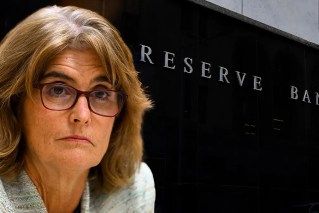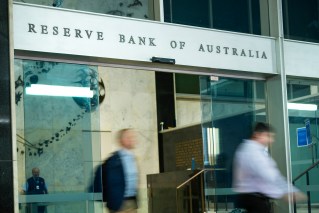APRA celebrates ‘significant reduction’ in home loan deferrals


APRA is celebrating a ‘good news story’ on mortgage deferrals. Photo: TND
The vast majority of home owners who stopped paying their mortgage during the pandemic have resumed repayments – allaying fears that a wave of foreclosures could hit the property market.
Deferred loans accounted for just 0.5 per cent of banks’ total loan books in February, the Australian Prudential Regulatory Authority told a parliamentary committee on Monday.
That was down from 10 per cent in May, as the economy enjoyed a better-than-expected recovery from the pandemic recession.
“It’s a very significant reduction in deferrals,” APRA deputy chair John Lonsdale told the House economics committee.
“We think that’s a very good news story – that the vast majority of people on deferrals have moved onto paying their loans in [the] way that they were before.”
After peaking at $245 billion in 2020, the value of deferred home loans dropped to just $10 billion in February after 97 per cent of customers resumed repayments, according to Australian Banking Association (ABA) data.
But Mr Lonsdale put the banks on notice on Monday, saying APRA would closely monitor how they dealt with customers still struggling to pay their mortgages once the deferrals expire at the end of March.
“As economic situations change and government assistance is withdrawn, that is something that we would watch very closely,” Mr Lonsdale said.
Some unlikely to resume repayments
With the $90 billion JobKeeper program having finished and up to 150,000 people expected to lose their jobs as a result, the upcoming bumps in Australia’s pandemic recovery will make life much harder for some mortgage holders.
Banks have been calling, emailing and texting customers on deferred loans since February to try to nudge them back into repaying mortgages.
But as The New Daily has previously reported, all four major banks have promised to tread lightly when it comes to foreclosing on households still unable to pay their bills.
“Our plan is to continue to provide support … we’re working very closely with customers,” Commonwealth Bank chief executive Matt Comyn said in February.
But the banking executive was under no illusions that some customers would be unable to resume repayments.
“It might not be viable for [a subset of customers] to continue to repay their loan,” he said at the time.
“There are options around restructuring of a facility and potentially the sale of a property to reduce debt.”
Financial stability risks mitigated
Notwithstanding the hardship many Australians will suffer when the deferrals expire at the end of March, the significant reduction in the value of deferred loans is good news when it comes to safeguarding Australia’s financial stability.
It means earlier fears of a wave of foreclosed homes flooding the property market and destabilising the financial system are unlikely to materialise.
“We think that posed a significant risk that we watched very closely last year, but as it has progressed, we are very comfortable with how that has moved,” Mr Lonsdale said.
“The non-performing part of the loan book still remains very low – and has remained very low right through 2020 to now.”
- Related – Alan Kohler: The three-year housing bomb
The better-than-expected performance has added further strength to the domestic housing market, where prices are rocketing upwards on the back of government incentives and record-low interest rates.
CoreLogic will publish its latest house price data for March on Thursday.
The figures are expected to show ongoing strength amid expectations that average prices could increase by upwards of 15 per cent nationally in the next two years.








